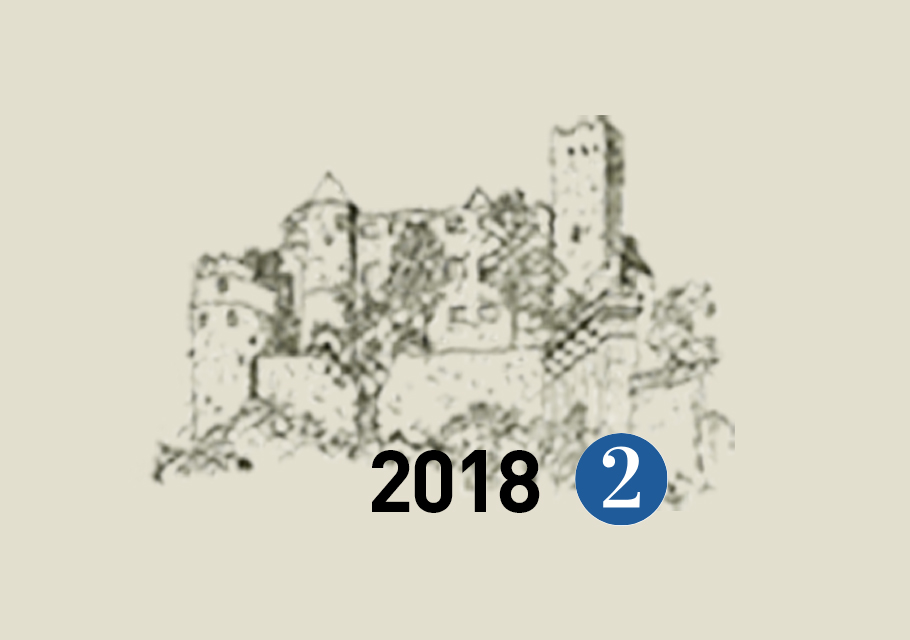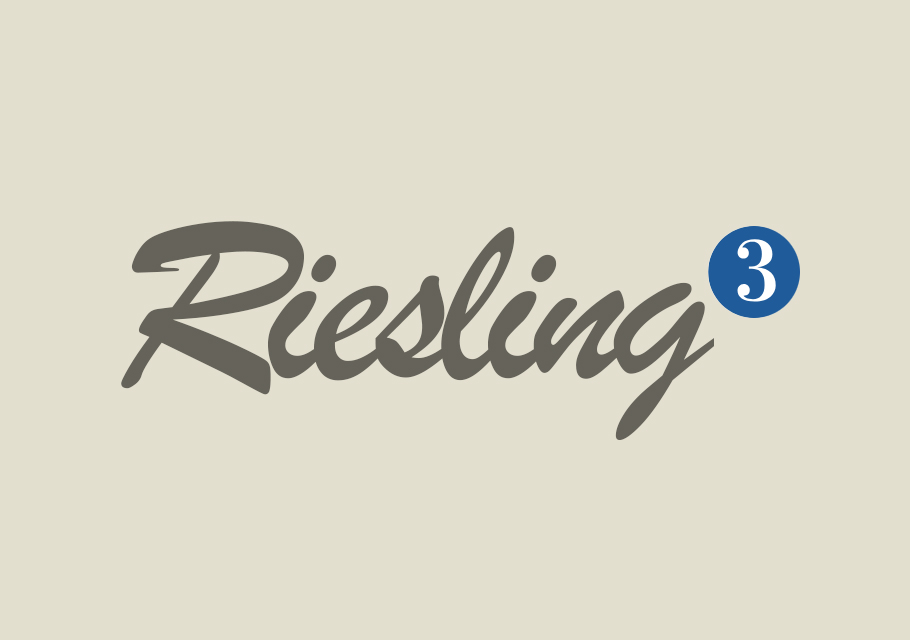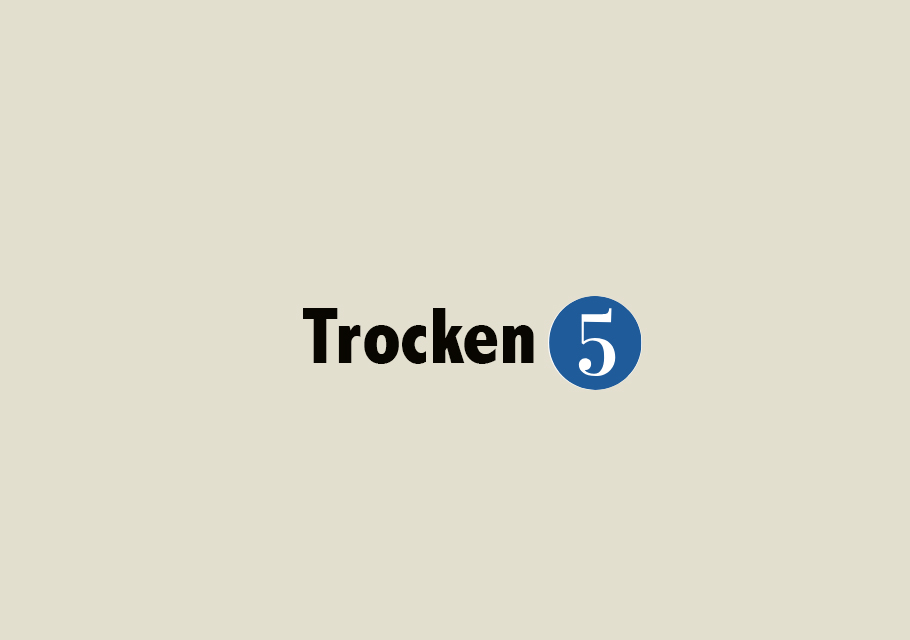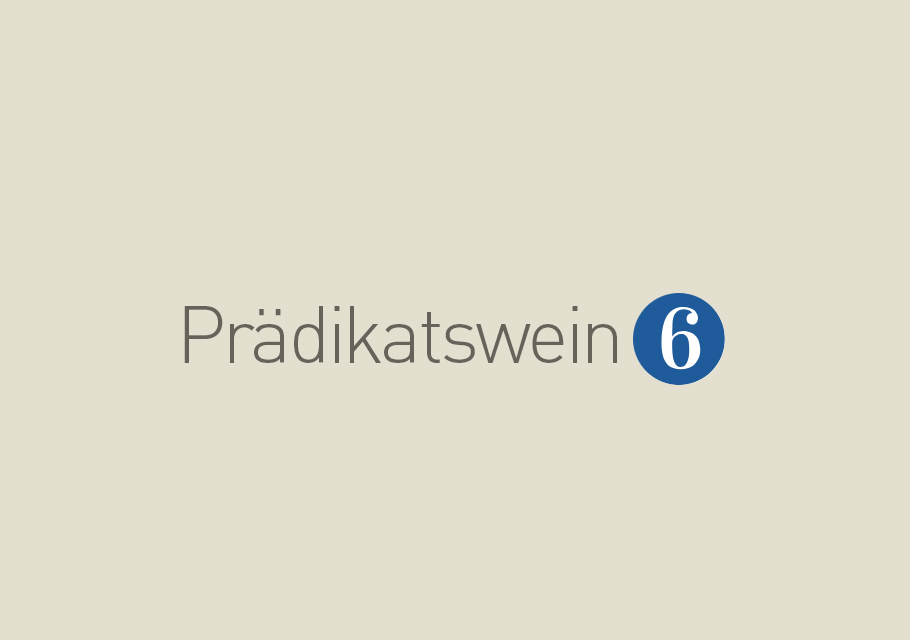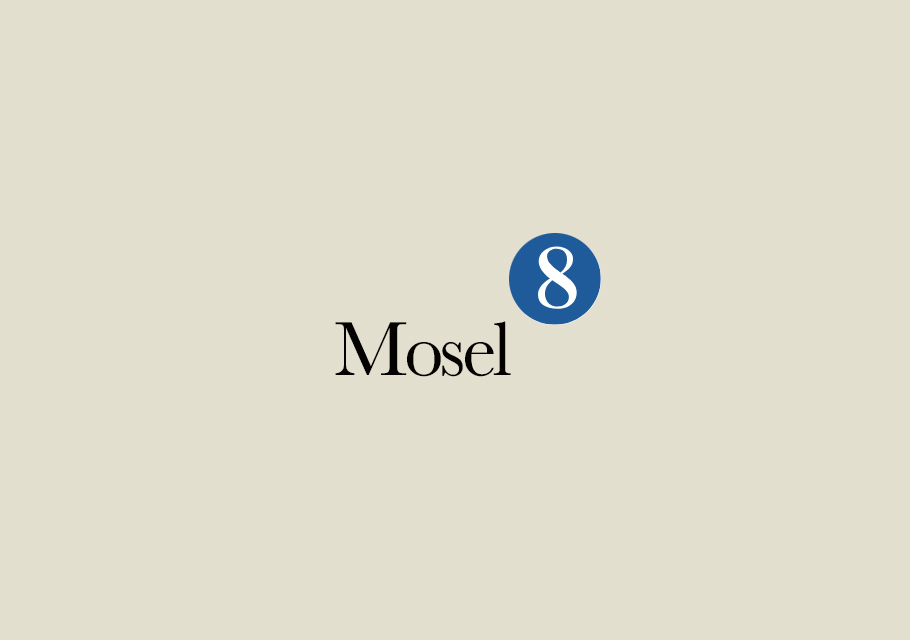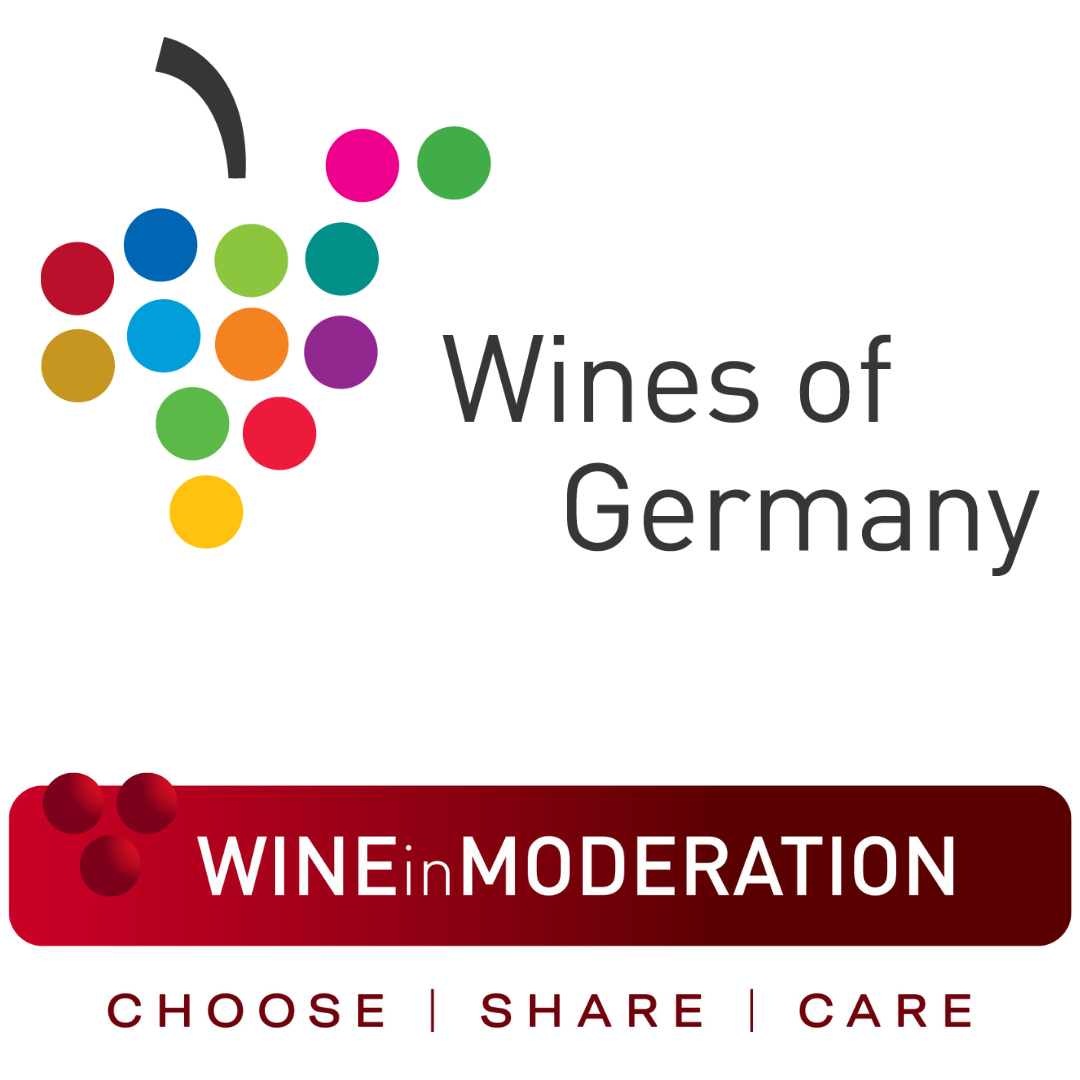How To Read A German Wine Label
German wine labels may look tricky to decode at first, but with this easy guide on what each term indicates, we’ll help you decipher just about any German wine label, no matter where it came from!
After this 5-minute read, you can confidently walk into your local wine shop or peruse an online wine retailer and order German wine just the way you like it. Check out our “German Wine Label Cheat Sheet” below.
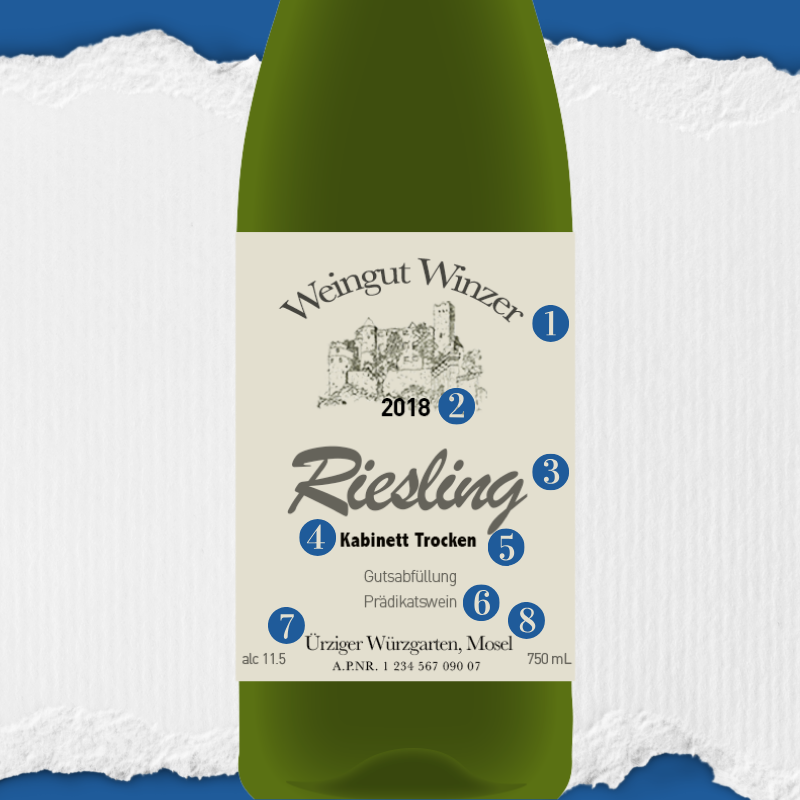
1. Winery
The name of the producer or estate will typically be among the most prominent text on the label. For our guide, we used Weingut Winzer (which literally translates to “Winery Winemaker”).
Weingut is the most common term used for German winemakers, but it’s not always used on the label. Alternatively, many German estates start with “Schloss,” which means “castle” – think of it like the French term “Chateau.” You’ll even see “Doctor” or “Dr.” before some estate names on labels, in which case the current or founding winemaker achieved an advanced degree in agriculture or viticulture.
2. Vintage
The vintage is the year that the grapes were harvested. This is important to list on the label, as changes in the weather cause variances from year to year.
3. Grape Variety
The grape variety used to make a wine is the single most influential factor determining its taste and should be easy to locate on the label. Different grapes have different flavors, just like different fruits have different flavors. Some examples of German wine grapes include Riesling, Spätburgunder (Pinot Noir), Müller-Thurgau, Grauburgunder (Pinot Gris), Weissburgunder (Pinot Blanc) and Trollinger, among many others.
4. Ripeness Category
The ripeness category of a wine depends on the ripeness of the grapes harvested in the vineyard. Ripeness levels are sometimes, but not always, associated with the wine’s sweetness. Listed from least ripe to ripest, they are: Kabinett, Spätlese, Auslese, Beerenauselese, Trockenbeerenauslese and Eiswein. These terms only appear if the wine is a Prädikatswein, the highest quality category in Germany (more on that below).
5. Level of Dryness
The level of dryness (or sugar) of a wine depends on the winemaker; it is totally independent of the grape and shouldn’t be confused with ripeness!
- Trocken means “dry” in German and always indicates a dry wine without perceptible residual sweetness. It never contains more than 9 grams of residual sugar per liter, and often less. That’s right – not all German wines are sweet!
- Halbtrocken means “half dry” or “off-dry.” These wines are semi-dry and will not have more than 15 grams of residual sugar per liter. With this barely perceptible sweetness balanced by German wines’ characteristic high acidity, halbtrocken wines are considered “dry” by most wine lovers. Additionally, feinherb is an unofficial term describing an off-dry wine, similar to halbtrocken.
Today, some German winemakers might even use English dryness terms on the front or back of labels, and there are other ways to indicate if a wine is dry:
- If the wine says “QbA,” “Qualitätswein,” or “Grosses Gewächs,” it’s been classified as dry by various classification organizations.
- If none of the above dryness levels can be found on the label, the wine is most likely a sweeter style wine, but it can still range from dry to fully sweet. The trick is to look at the alcohol content! Generally, the lower the alcohol, the higher the residual sugar.
6. Quality Category
A quality category indicates minimum standards have been met, determined by regional organizations or government quality control boards. The categories include Deutscher Wein (table wine), Landwein, Qualitätswein, and Prädikatswein. Most German wines found in the U.S. will fall under Qualitätswein or Prädikatswein. Alternatively, a winery may elect to join a national or regional association, such as the VDP, in which case the wine will be high quality and the association’s qualifications may be listed on the bottle.
7. Village and Vineyard
The often difficult to pronounce names on the label indicate the village where the vineyard is located (identified by the suffix –er) followed by another name (often ending in –berg, which means mountain or slope) indicating the vineyard site. You’ll know that the grapes in the wine come 100% from a specific vineyard.
Our example label indicates that the grapes sourced for the wine come from Ürziger Würzgarten. The prized Mosel vineyard, Würzgarten (which translates to “spice garden”), is located in the municipality Ürzig. Adding the -er makes it “of Ürzig,” or “Spice Garden of Ürzig.”
8. Wine Region
You’ll almost always see one of the 13 German wine growing regions listed on the label, indicating the wine’s region of origin: Ahr, Baden, Franken, Hessische Bergstrasse, Mittelrhein, Mosel, Nahe, Pfalz, Rheingau, Rheinhessen, Saale-Unstrut, Sachsen, or Württemberg. Explore each unique winemaking destination here!


